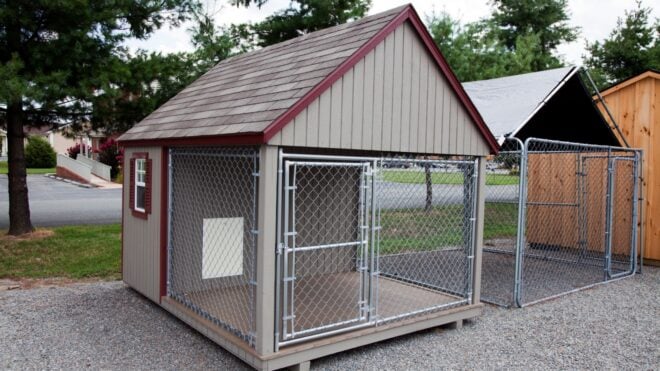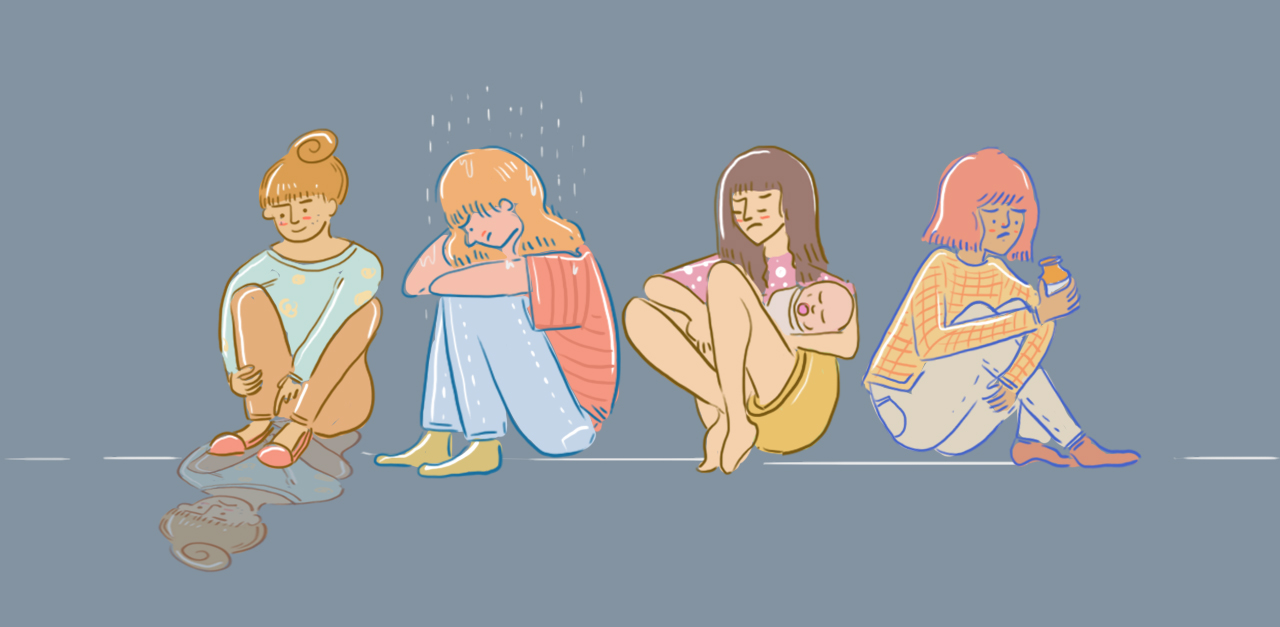
May is Mental Health Awareness Month, a full 31 days dedicated to raising consciousness of, demystifying and destigmatizing, and starting conversations about mental health, which includes depression.
Depression is a common mood disorder, so, whether it's you, a friend, or a loved one suffering from depression— trust us, you’re not alone! The National Institute of Mental Health estimates that more than 16 million adults in the US experienced at least one major depressive episode in 2016. Despite the prevalence of depression, many people don’t know that there are many different types of the disorder—and that they can manifest in many different ways other than simply feeling sad.
To that end, we’re giving you the 411 on several of the more common types of depression. We’re hoping that you’ll come away armed with the information you need to help others, or get the help you need if you’re suffering from depression.
1. Bipolar Disorder
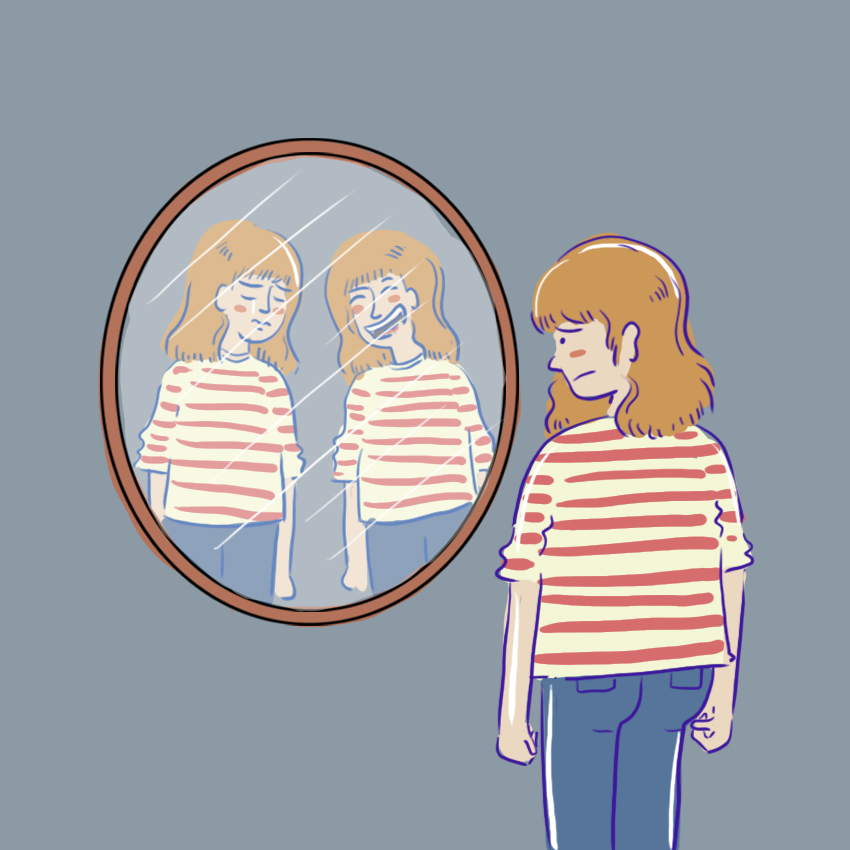
Bipolar disorder (also known as manic depression) is a severe form of depression characterized by violent mood swings. People with bipolar disorder experience alternating episodes of mania and depression, and are unable to regulate the emotions associated with these episodes. A person experiencing a manic episode feels like they are on top of the world; they may experience an increased energy, an higher sex drive, and more motivation. They may channel this exaggerated energy into reckless behavior or start an aggressive exercise regimen, or they may take on a large number of projects all at once. After several days, though, this manic period shifts rapidly to a depressive episode. The sufferer may feel overwhelmingly down and depressed, and have extremely low energy levels. The good news is that bipolar disorder is very effectively managed with treatment.
2. Seasonal Affective Disorder
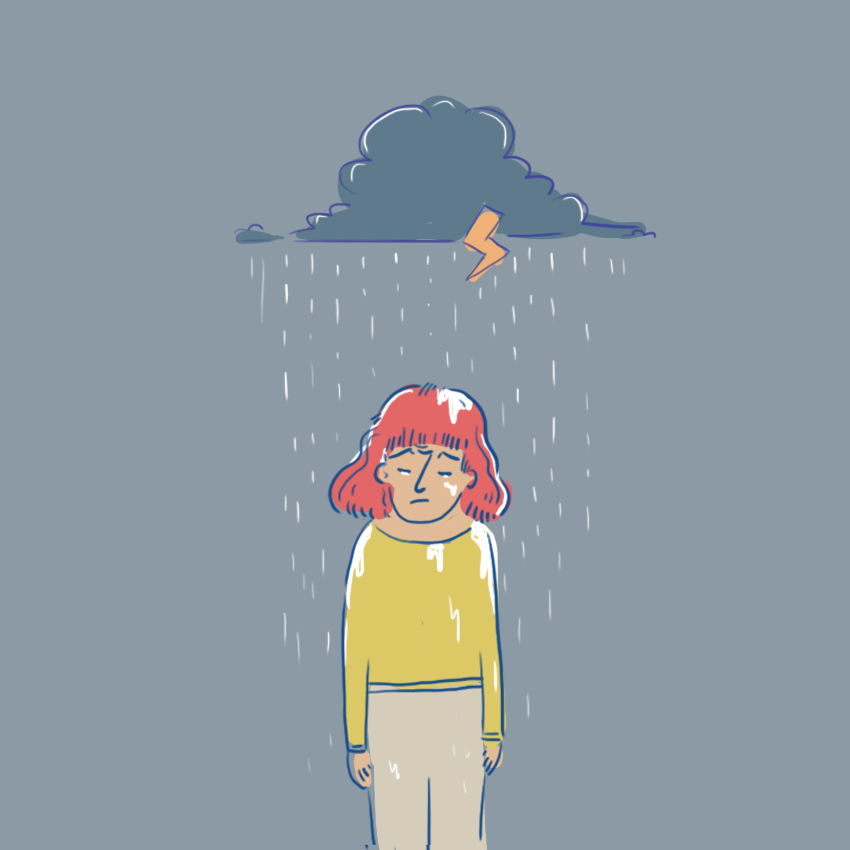
Winter weather got you down? Everyone gets a little bummed out by bad weather, but if it's really affecting your ability to function, it may be seasonal affective disorder (SAD), which is a form of depression that’s only experienced seasonally. Most sufferers feel blue during the fall and winter months, when the weather’s dreary and the days are short. Notably, people living in cold-weather climates are more likely to suffer from SAD than those living in warmer regions. SAD can be treated with a combination of light therapy, vitamin D supplements and sometimes medication, so don’t be afraid to seek treatment if you can’t seem to snap out of that wintertime funk.
3. Postpartum Depression

Almost all new moms experience some “baby blues” in the few days after giving birth. The feelings come on suddenly and you may cry over nothing at all (like, a lot). As bizarre as it might seem, this is completely normal, and is associated with the crashing hormone levels that occurs as the baby is born and the pregnancy ends. However, about 10-15 percent of women go on to experience a more severe form of depression called postpartum depression, or PPD. While it can often be difficult to identify (especially when you’re getting zero sleep!) common symptoms of PPD include baby blues that don’t go away, feeling like a bad parent, difficulty making basic decisions, and even thoughts of harming your baby. If you think you may be experiencing PPD, it’s important to get help right away. After all, you’ve got to take care of yourself in order to be able to take care of your baby.
4. Premenstrual Dysphoric Disorder
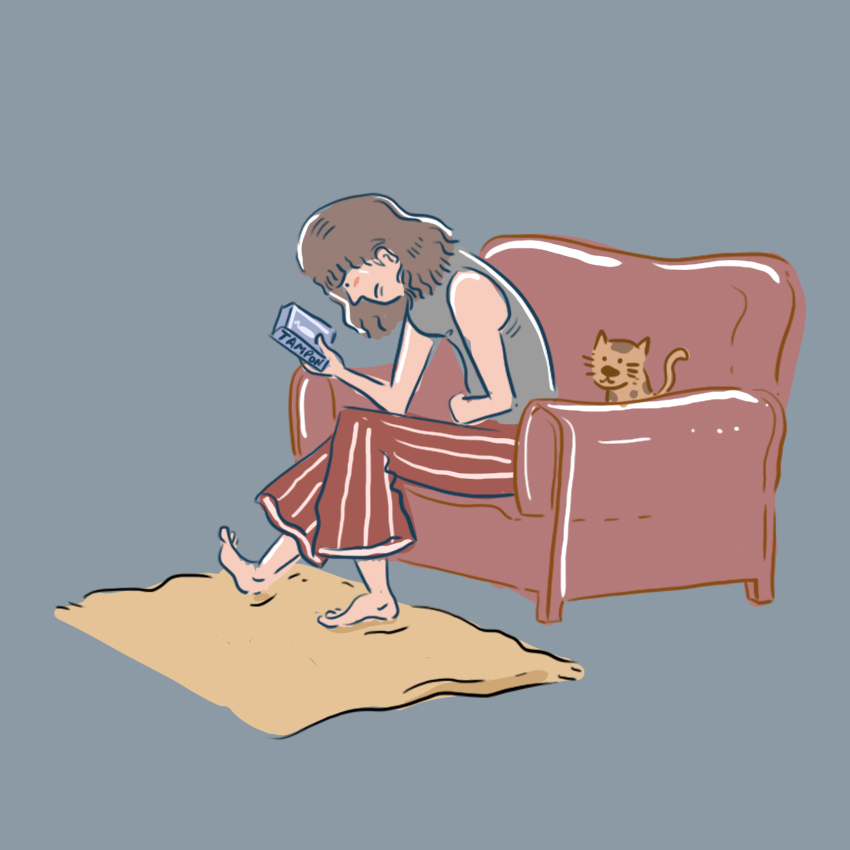
It’s normal to experience some form of PMS before your period begins, but if you find that your PMS is less crying irrationally over a YouTube video of baby bunnies and more not wanting to leave your dark bedroom in the week before it starts, you may be dealing with a more severe form of PMS called premenstrual dysphoric disorder, or PMDD. Symptoms of PMDD can be similar to PMS, only more pronounced. You may experience severe mood swings, intense anger, depression, cramps, excessive fatigue or irrational feelings. If your doctor determines that you’re suffering from PMDD, she may prescribe antidepressants or birth control pills for you to take in order to regular your hormone levels.
5. Generalized Anxiety Disorder
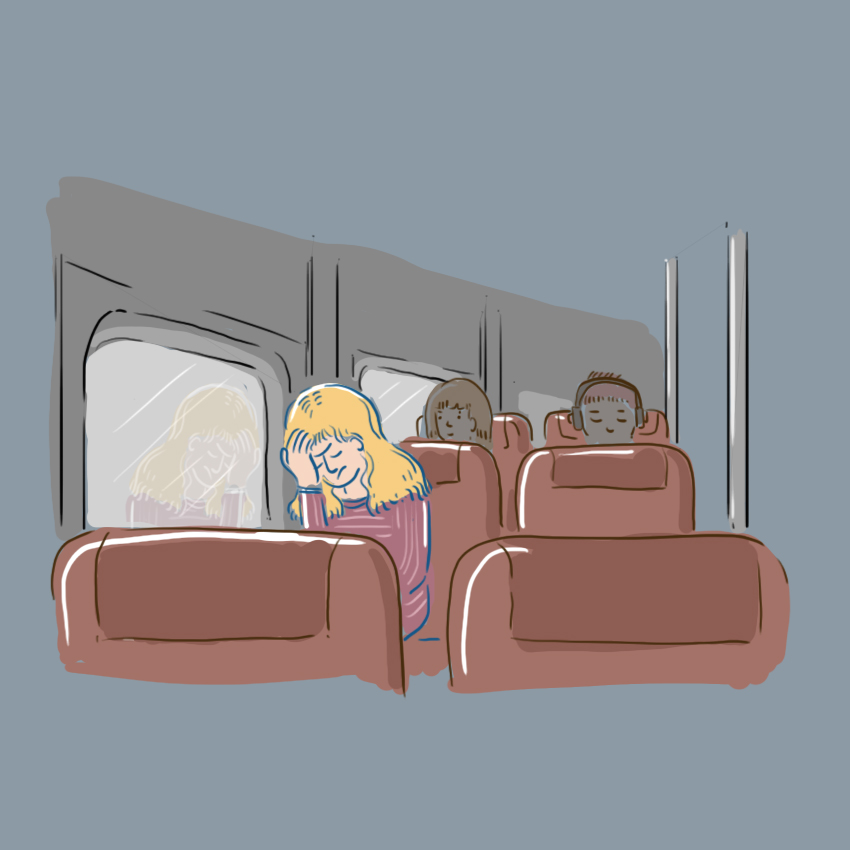
Anxiety and depression are often linked. Those suffering from generalized anxiety disorder (GAD) have a tendency to worry or feel anxious about something (or lots of things!) just about 24/7. Clinical anxiety is much different than, say, feeling nervous about a big test. If you’re experiencing GAD, you probably realize that you’re fretting over things more than you need to, but you can’t seem to stop. You might end up trying to control your environment and avoid doing certain things that cause you to worry, like traveling or speaking in front of people. Seeking treatment can help you live a full life again, and ease that knot of worry in your stomach that you've become accustomed to.
6. Psychotic Depression
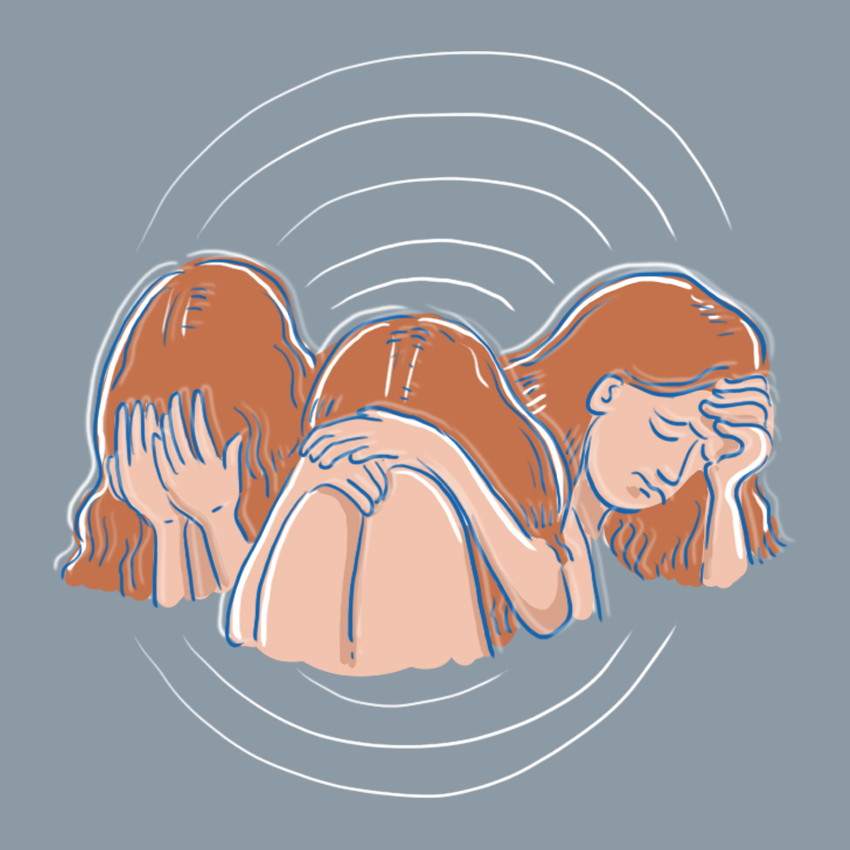
Psychotic depression isn’t one of those vague forms of depression that’s easily missed; it’s one of the most obvious and severe forms of depression. Also known as major depressive disorder with psychotic features, this form of the disease is characterized by loss of interest in activities and people, depressed mood, and difficulty performing the functions of daily life. People suffering from this disorder often have hallucinations and delusions, and suicidal tendencies are common as well. If you or someone you know is experiencing any of these symptoms, it’s vital to get help immediately.
7. Dysthymia
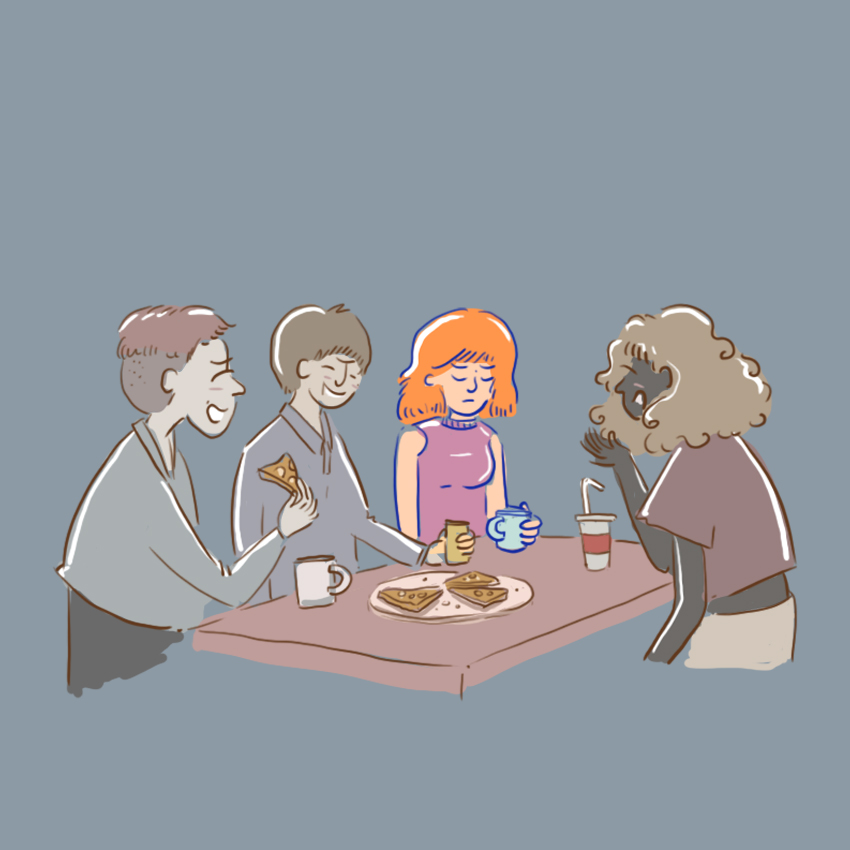
Do you have a full life with no major problems to note, but still find that you often feel a bit… off? If so, you may be suffering from dysthymia. Dysthymia is a term used to describe a constant, low-level feeling of depression. While not as serious as bipolar disorder or psychotic depression, dysthymia is insidious in its own right because it can be difficult to identify. You probably didn’t know there was even a name for how you’re feeling, right? After all, that nagging feeling is so mild that you may mistake it for stress, or just a bad day. But if you’re feeling down and irritable day after day, you may want to seek the help of a qualified professional to determine if you’re dealing with dysthymia.
8. Substance-Induced Mood Disorder
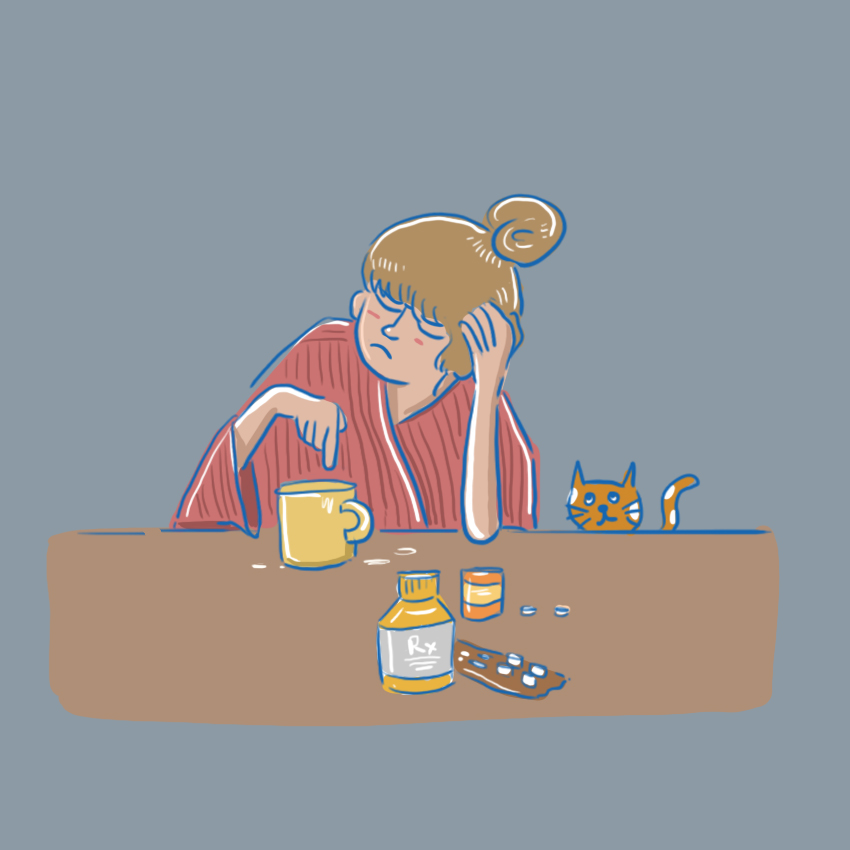
This form of depression is related to the use of drugs (even as prescribed by a doctor) or alcohol, and in order for someone to be diagnosed with substance-induced mood disorder, they can’t have any prior history with depression that’s not associated with their drug or alcohol use. Most drugs that induce a high will then cause the user to experience a “crash” as the drug leaves their system. Substance-induced mood disorder lingers past this expected crash and can last for weeks or even months. There are many types of drugs that can cause this type of depression to occur, including opioids, sedatives, alcohol and inhalants.
9. Disruptive Mood Dysregulation Disorder
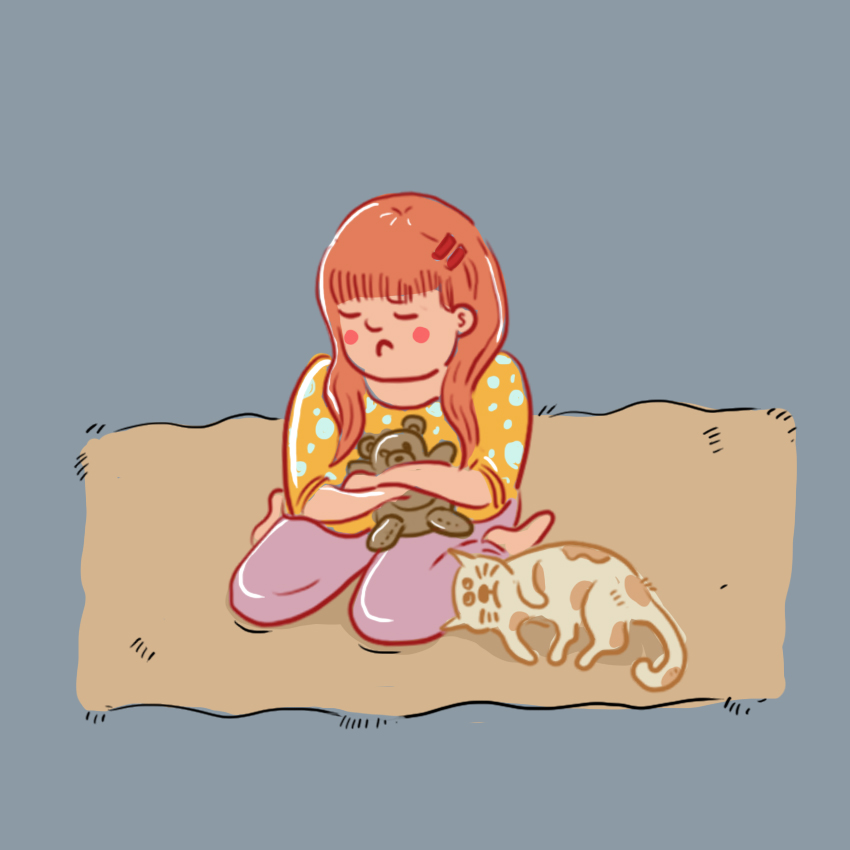
This type of depression, also called DMDD, affects children and causes severe tantrums and outbursts. While tantrums are par for the course for kids of all ages, those suffering from DMDD will seem angry and depressed most of the day and may experience several angry or violent outbursts as a result. Medication and counseling can help children suffering from DMDD immensely, and as a parent of a child with this disorder, you should watch for symptoms of depression as your child ages. That’s because children who deal with DMDD are more likely to experience depressive episodes throughout their lives.
10. Situational Depression
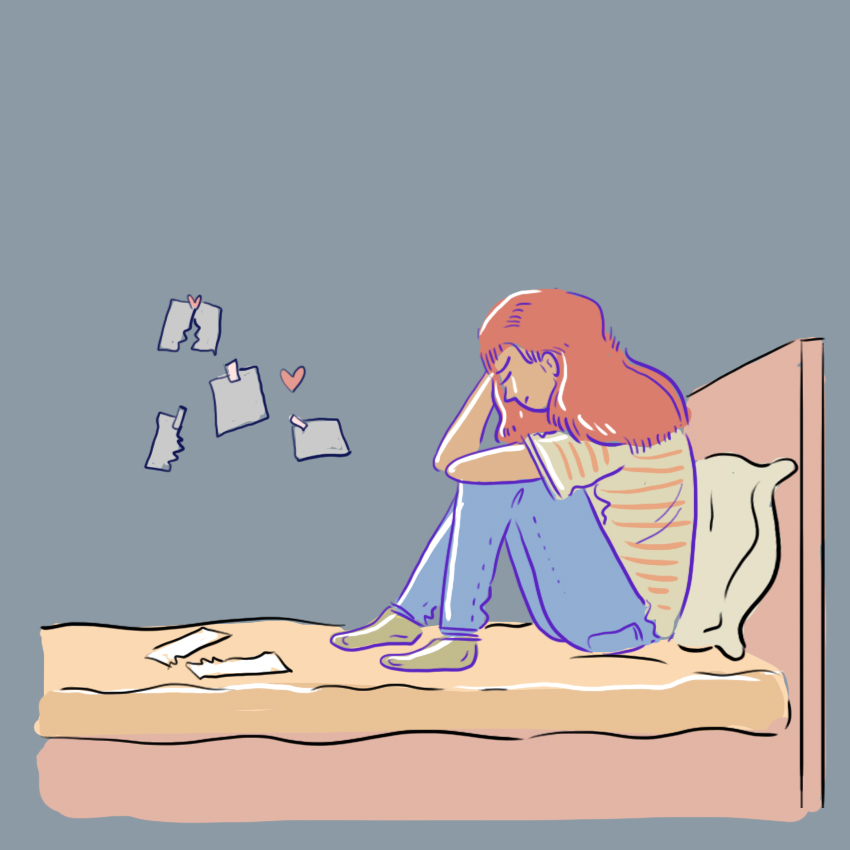
If you’ve recently suffered a traumatic event in your life, such as a severe illness or physical impairment, death of a loved one, a really bad breakup, or loss of a job, you may feel like you just can’t shake that sad, depressed feeling. This is super common and understandable! But you may be experiencing situational depression, which is depression that’s directly related to a certain situation. If this is you, finding a good counselor or even a support group can go a long way toward helping you feel more normal again, despite having to deal with a tough situation.
Remember: If you or someone you love are struggling with any mental health issue that is affecting your daily life and happiness, the best thing you can do is ask for help.



